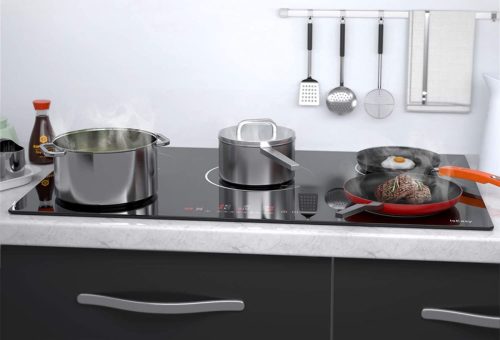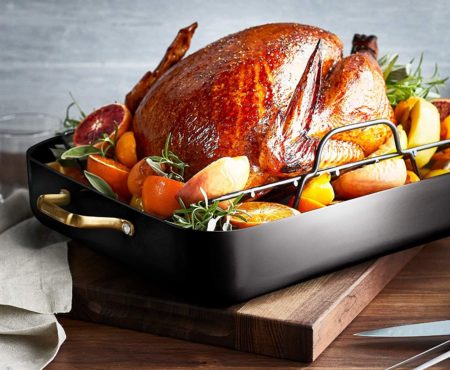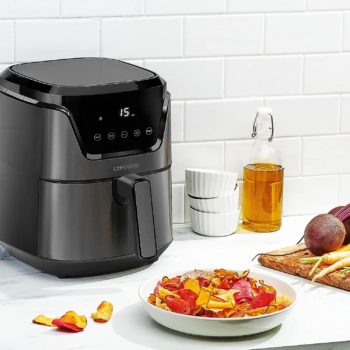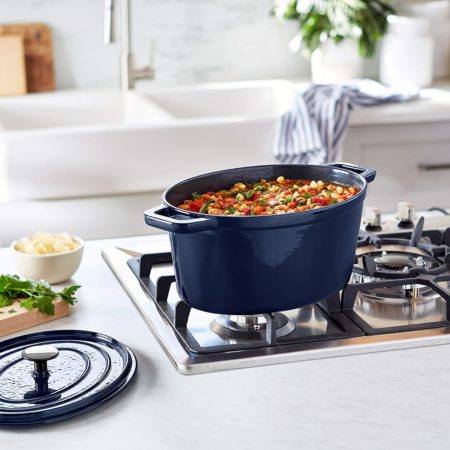Salmon falls among the most consumed seafood globally. However, cooking Salmon is never an easy task. Most people find it harder, unlike cooking other fish. If you commit even one simple mistake when preparing Salmon, you can end up eating the worst seafood. Furthermore, there has been a lot of argument that fish, more so Salmon, is never tasteful on the second day. Like any other food, you cannot avoid having salmon leftovers, especially when cooking them for dinner.
Most individuals heat leftovers using the microwave. Some foods warm so well when they reheat in the microwave. Unfortunately, fish is not among them. When you heat the fish in the microwave, you might end up drying the fish thoroughly.
Therefore, ensure that you familiarize yourself with multiple ways of reheating your Salmon without destroying its texture and avoid an awful smell in your kitchen. Furthermore, if it is your first time cooking Salmon, it would be better for you to understand that there are several errors that when you commit, you can quickly turn a delicious meal into something you might not even admire or wish to serve your pets.
5 Mistakes to Avoid When Reheating Salmon
This post will give you in-depth information on some of these common mistakes you are likely to make when cooking your Salmon at home. Here is an overview of these mistakes.
Setting your imagination high that it will be excellent as the original fillet
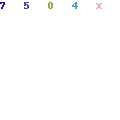
You might follow the correct tips to reheat your Salmon, but you must know that it will not taste good as the first day you cooked it. Thus, before reheating, you must ensure that you do not set your expectations high. Try repurposing your Salmon by flaking your leftover fillet. When you do this correctly, you can end up with a kid-friendly salon delicious base cake. Through this, you might end up with something tasty than what you already had the previous night.
Reheating at a maximum temperature
The primary mistake you can ever make when reheating your fish is heating it using maximum temperature. Nothing is unpleasant like a dry overcooked salmon. Therefore, ensure that you reheat at a minimal temperature. Place your fish on a rimmed baking sheet, proceed and warm it under 275 degrees for approximately fifteen minutes until it attains the eternal temperature of about 125 degrees to 130 degrees. When reheating your Salmon, make sure that you are low and slow to avoid drying it up. Remember, you must always add back the moisture through splashing water.
Overcooking fish
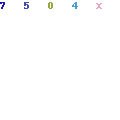
When cooking their fish, most people are likely to overcook, but they cannot easily admit it. Overcooking usually occurs due to leaving your fish on your stovetop or oven for a longer duration. On the other hand, this should not make you avoid reheating your food because they are numerous ways of ensuring that your fish comes out excellently each time your cook or reheat. To avoid overcooking your fish, ensure that you commence by cooking your fish’s own skin on your oven over medium to high, medium heat, then wait until the skin becomes crispy.
When you achieve this properly, reduce the heat and flip your fish to allow it to cook correctly for a few seconds on the other side. With this, your salmon fish will remain tender and moist since the heat will focus more on the insulated side of your fish. Bear in mind that this entails the layer as well as the skin of the protected fat.
You must know that a good chef usually knows the duration the food should take to cook. Additionally, extra heating or reheating can make the fish very gross for you to taste. Similarly, no one would not like to taste partially cooked salmon fish. This means you need to have a perfect cooking experience to come up with a delicious meal that will leave people salivating. Ensure that you gain sufficient experience when cooking your fish; this will allow you to enjoy your meal at any given time. It would be wrong to overcook your fish while cooking and repeat the same mistake when reheating.
Forgetting to cover the fish
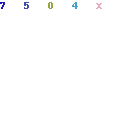
When reheating your fish, it is appropriate that you cover it properly. It is recommended that you use the foil to cover it loosely. This grants your secondary food protection, more against the smell, and it ensures the edge of tour fish does not dry before the middle of the fish becomes warm. Therefore, make sure you cover it loosely whenever you are reheating your Salmon before placing it in your oven to protect it from drying. In addition, it minimizes the smell it is likely to generate, especially when reheating. Bear in mind that this one of the most common mistakes many people make when reheating their fish.
Turning to your microwave
Using your microwave to reheat your fish usually applies a lot of heat to the fish, hence drying it out faster. Likewise, it also makes it generate an unfavorable fish aroma. If you have ever come across someone reheating fish in the microwave, you probably have experienced how unpleasant it smells. At least the oven does an excellent job of maintaining the smell inside. Please avoid the microwave and opt for an oven. This can be of great help whenever you are reheating your fish because it helps to minimize the potent fish smells.
Apart from using the microwave, others usually think they can only enjoy Salmon when it is hot, but this is not the case. Most of the time, Salmon leftovers taste sweet when left cold. This means you can also enjoy your fish when cold instead of going through the hassle of reheating. Furthermore, it is a protein-packed filling for sandwiches as well as a topping for salad. Numerous people are in love with it because it is healthy.
Conclusion
If you were not aware of the five mistakes of reheating Salmon, worry lees because this detailed post will make you more informed. Therefore, ensure that you create sufficient time to go through this article. It will help you not make unnecessary mistakes, especially when planning to reheat your fish for your friends or even family.
